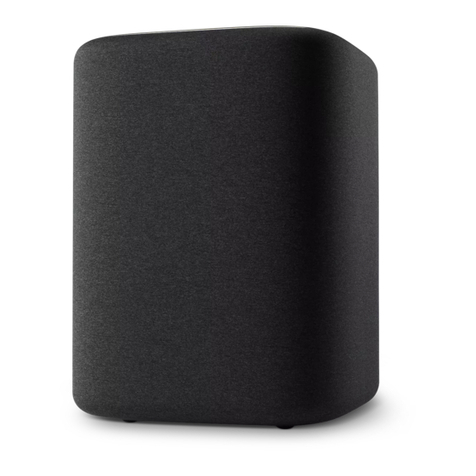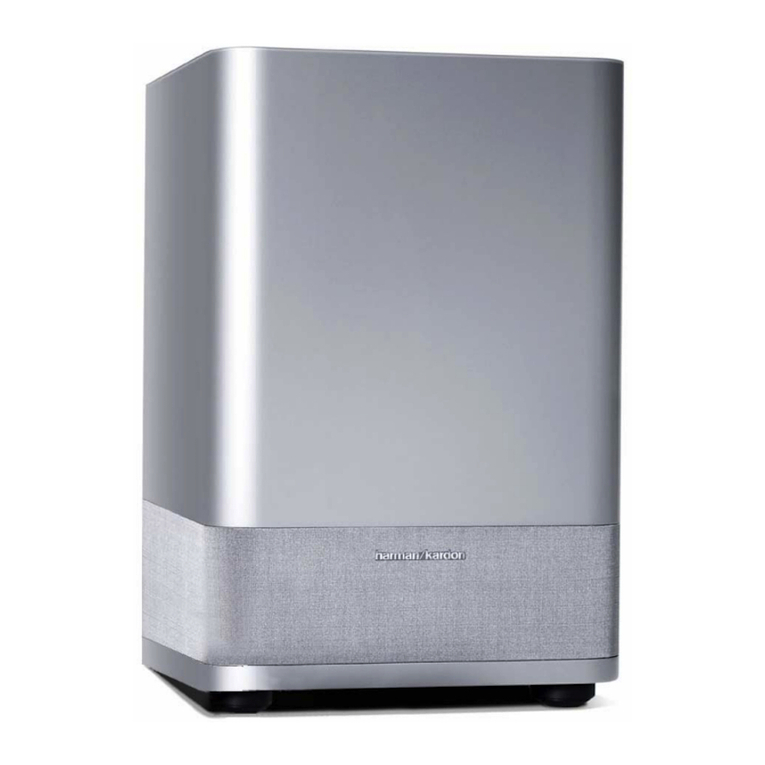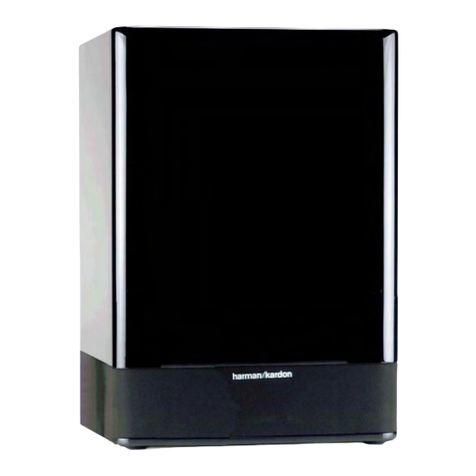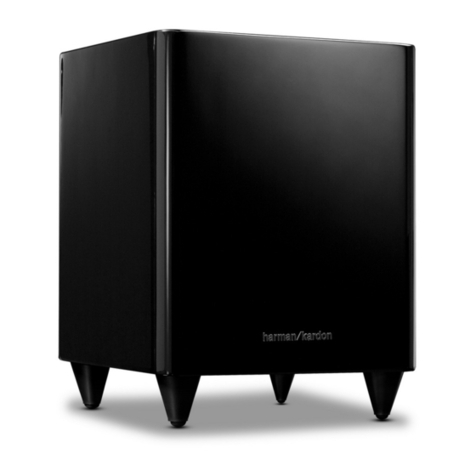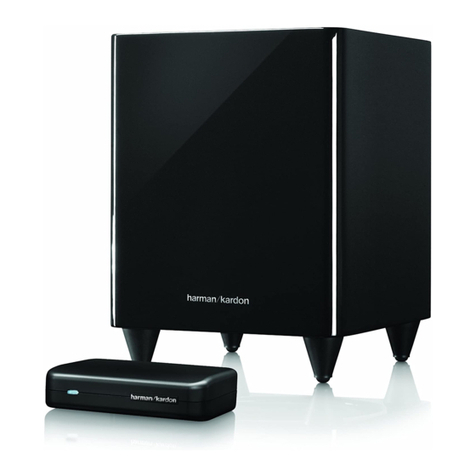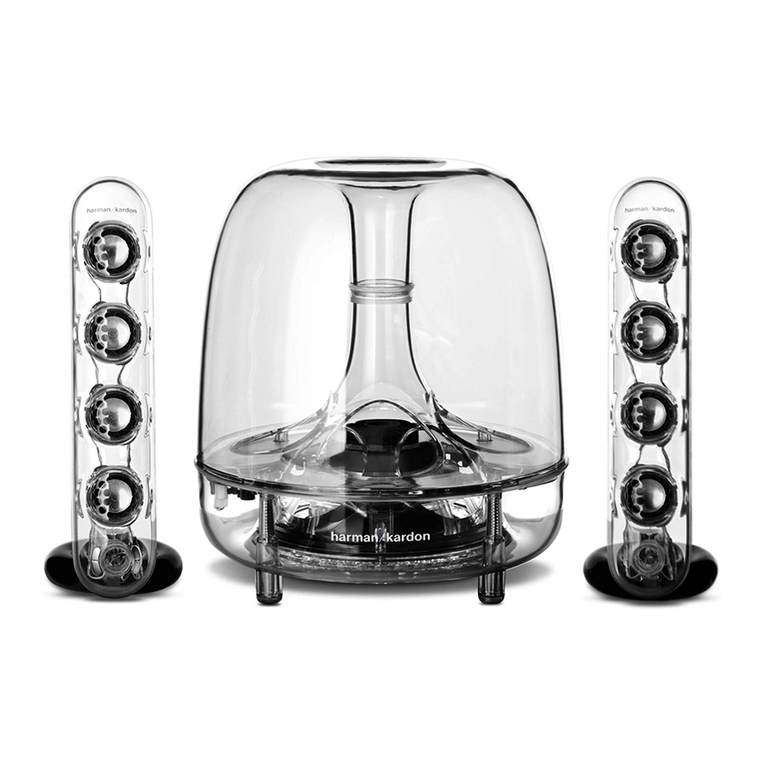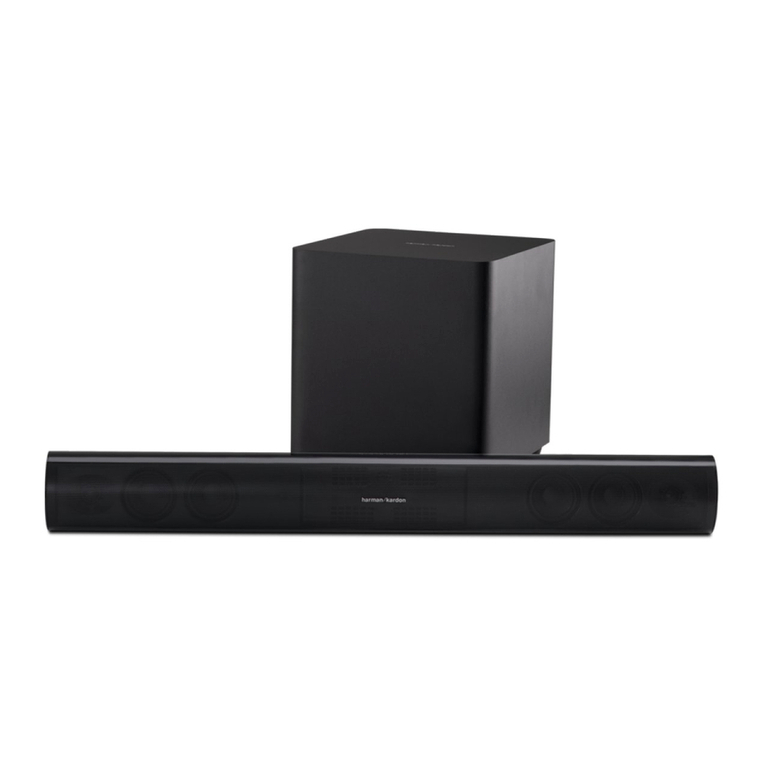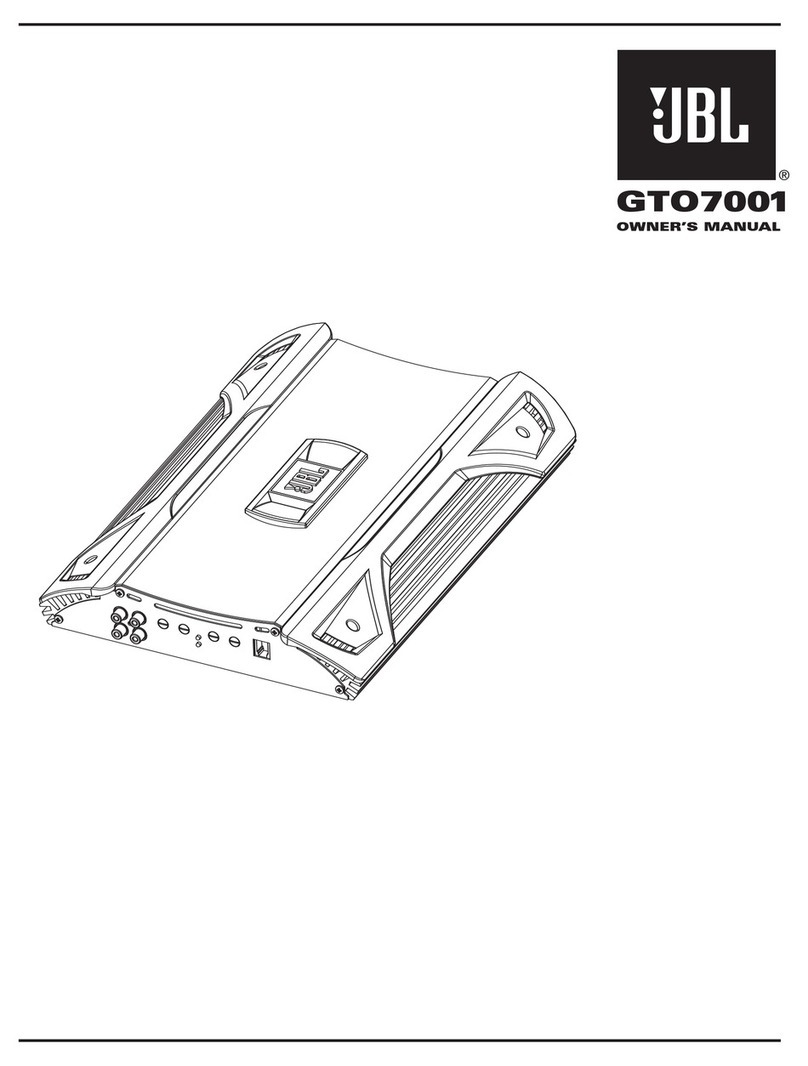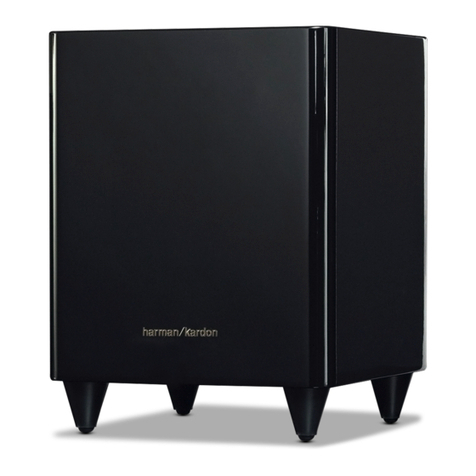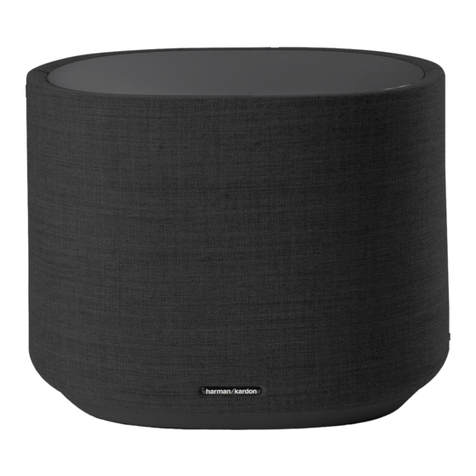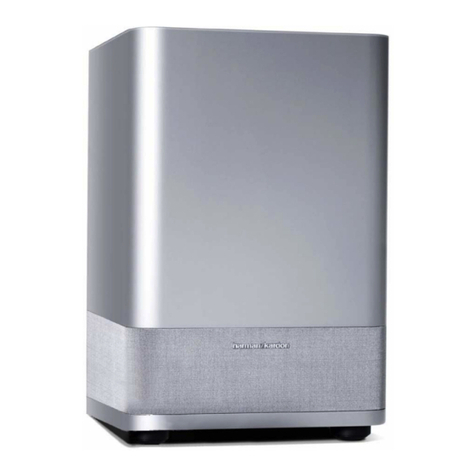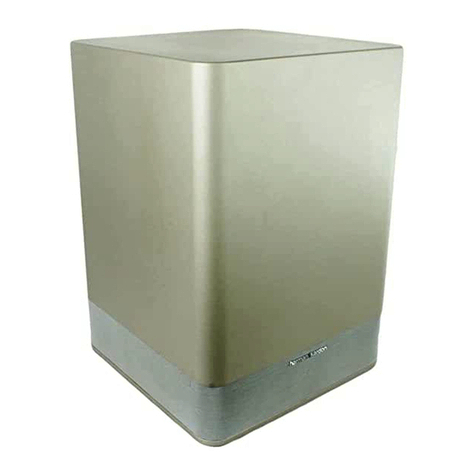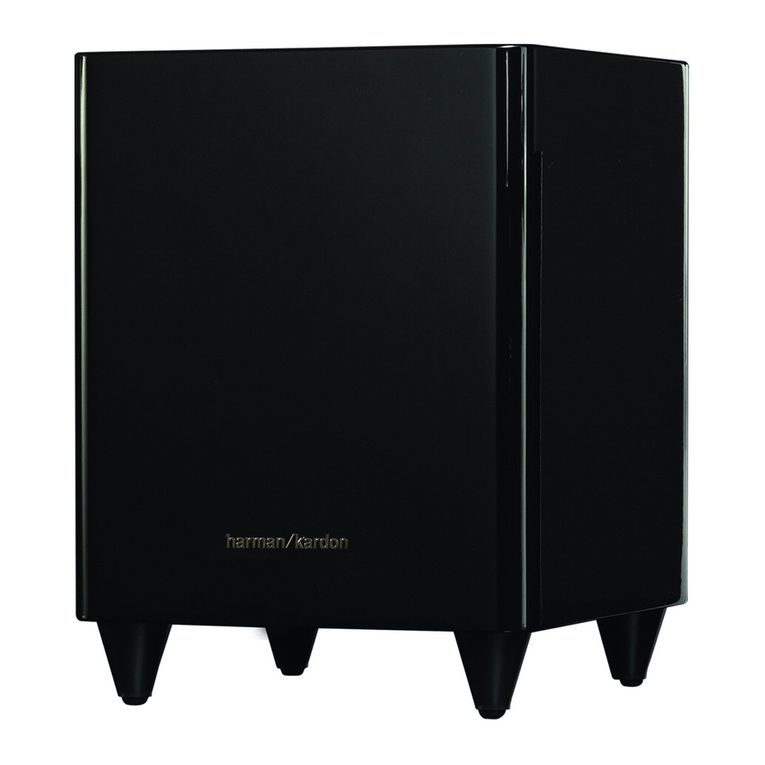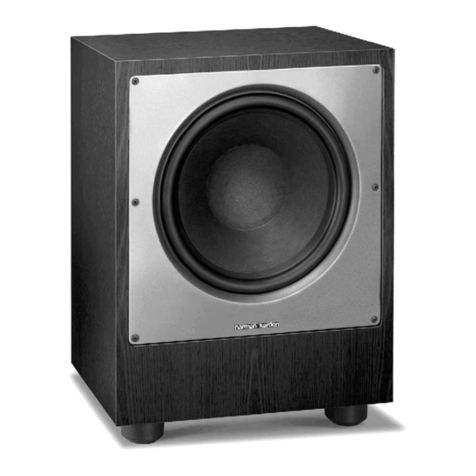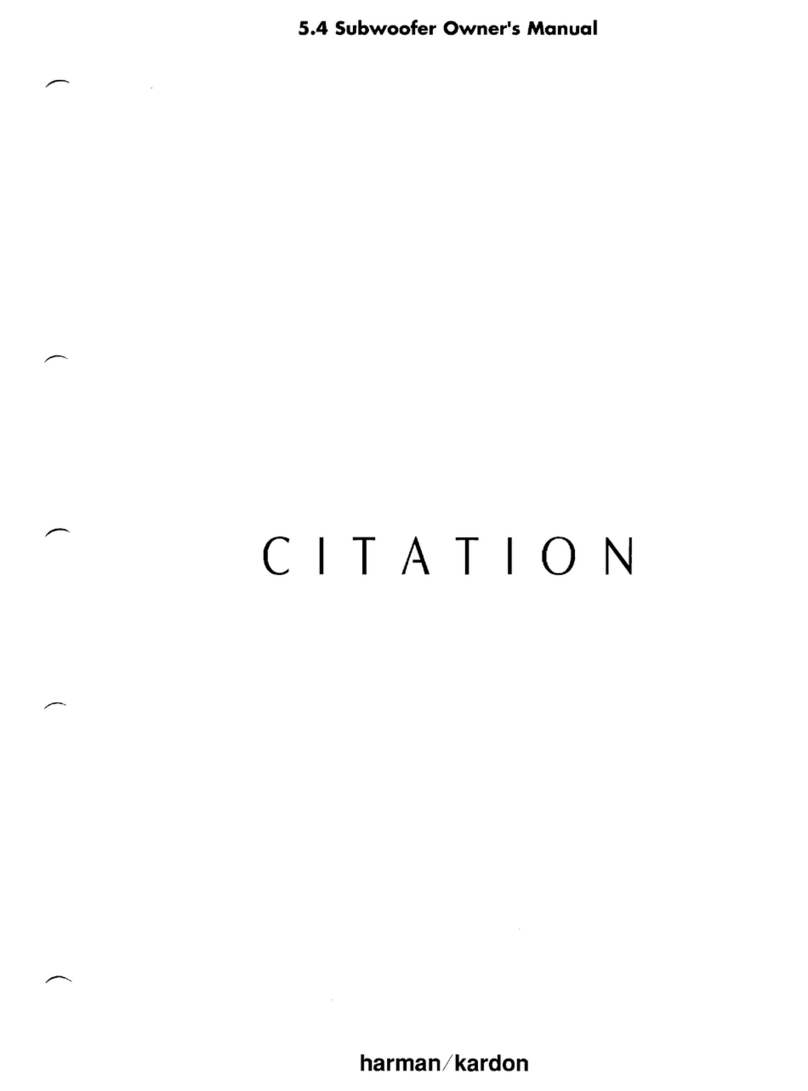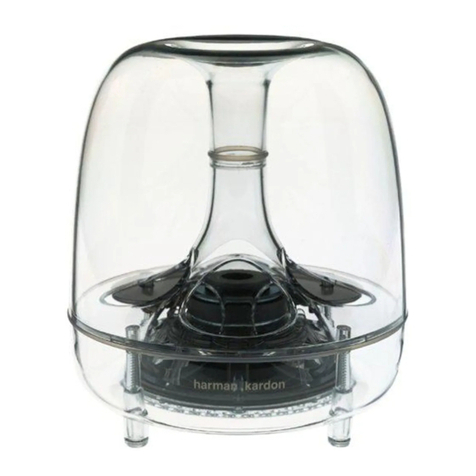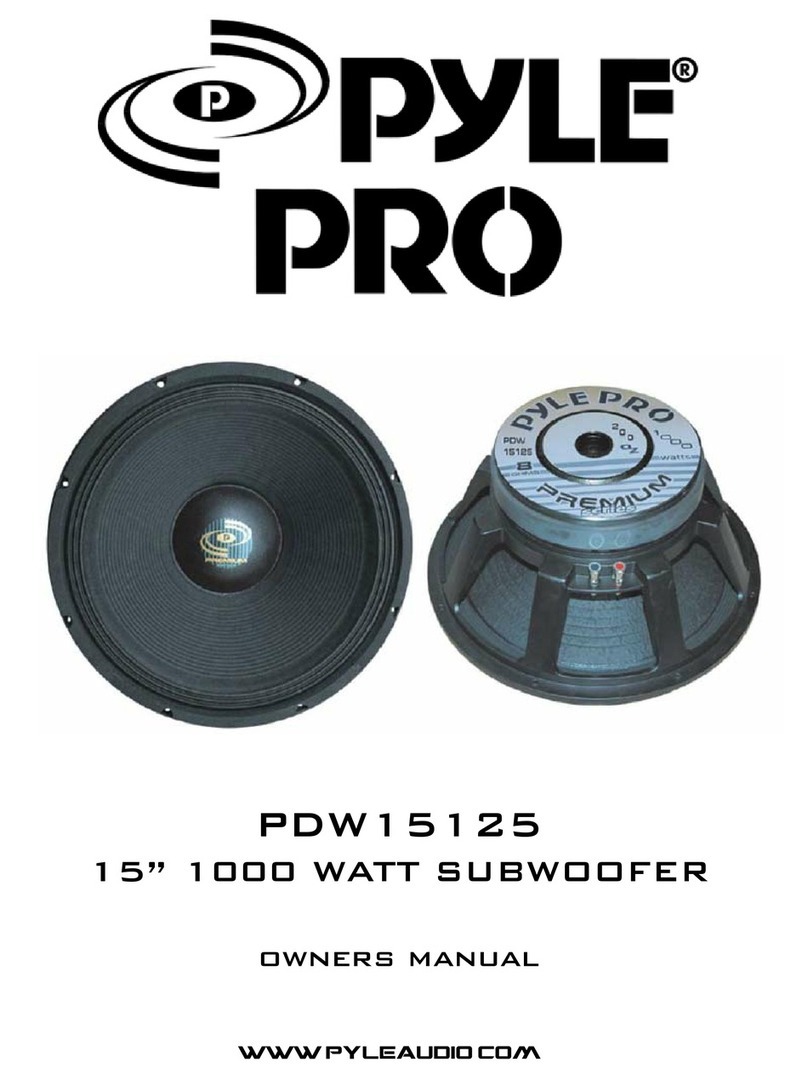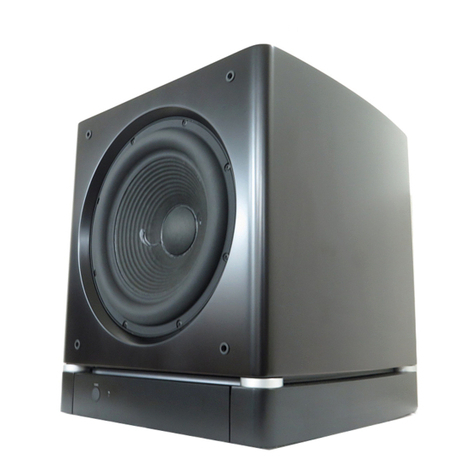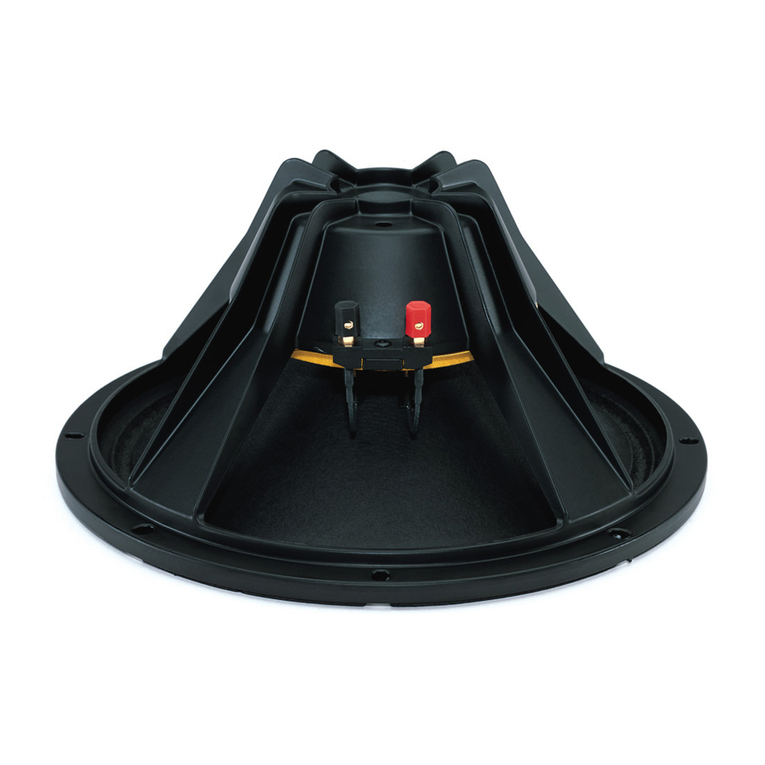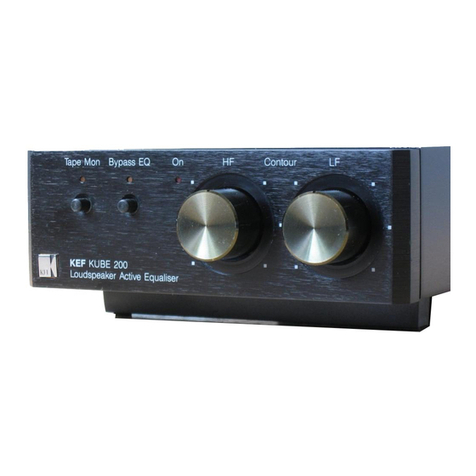
CITATION
System Connections
I Nole: 'When making connections between your amplifiers and the Citation
I 7.4,be certain that both the input device and the amplifier are turned off. To
I assure that there will be no unwanted signal transients that can damage equip-
I ment or speakers, it is always best to unplug all equipment before making any
I connecrions. Modern electronic products often have a "standby'' mode that
I may be acdvated even though the product may eppear to be turned off.
As a general rule, avoid running any input signal or speaker wire connections in
pardlel with each other, or with AC pov/er cords. This can result in undesired hum
or other interference that will greatly degrade signal performance.
It is highly recommended that the length of cable connecting any set of speakers be
identical. For example, if there are two subwoofers in your system, make certain
that the cable length connecting each speaker to the amplifier is identical, even
though one speaker may be physically closer to the amplifier than the other. If one
speaker has excess wire in its lead to maintain equal length, make certain the extra
cable is NOT coiled in a circle, as this may form an inductor that will negatively
impact the performance of your speakers.
Cobles or Connecting Wire
To assure that the high qualiry signals produced by your Citation system are carried
to your speakers without loss of clariry or resolution, vr'e recommend the use of
high quality speaker cable. Many brands of cable are available, and the choice of
cable may be influenced by the distance bet'ween your speakers and the ampliûe¡
the type ofspeakers in use, personal preferences, and other factors. Your dealer
or installer is a valuable resource to consult in selecting the proper cable for
connections benveen your amplifier and speakers.
Regardless of the brand or type of cable selected, we recommend that you use cable
constructed of fine, multi-srand copper with a gauge of 14 or larger. Remember,
that when specifying cable, the lower the number, the thicker the cable.
Cable with a gavge of 16 may be used for short runs of less than ten feet. 'We do
nor recommend that you use any cables with an A\ØG equivalent of 18 or higher
due to the power loss and degradation in performance that will occur.
One way to insure that cables will deliver a predictable level of performance is to
use cables rhat are Home THX certified. This certification assures that the cables
have met a rigorous set of specifications designed for home theater applications.
Cables that are run inside walls Should have the appropriate markings to indicate
listing with UL, CSA or other approved testing agency standards for that applica-
tion. Questions about running cables inside walls should be referred to your
installer or a licensed elecuical contractor who is familiar with the NEC and/or
the applicable local building codes in your area.
ü
n
il
il
ü



